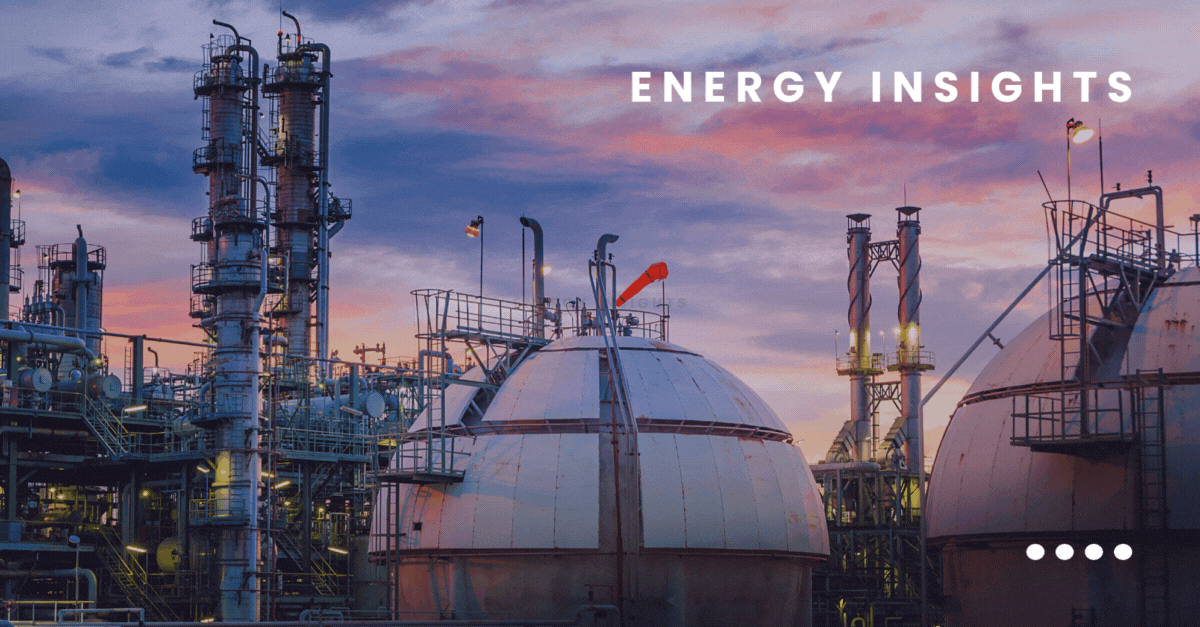
As Australia inches toward the federal election on May 3rd, gas has taken centre stage – this time not just for its role in energy reliability, but for the economics behind how it’s taxed, exported, and used. As independent energy consultants, we keep a close eye on how these conversations shape market dynamics, influence pricing, and affect the decisions facing large energy users.
A recent report by The Australia Institute has reignited public debate, claiming that INPEX—a major gas exporter—pays no royalties or petroleum resource rent tax (PRRT) and contributes little, if any, corporate tax, despite exporting more gas than is used by households and businesses in NSW, Victoria, and South Australia combined.
INPEX has previously responded by highlighting its investment in Australia, employment contributions, and long-term supply partnerships with Japan. But the divide between stakeholders is growing louder, because this conversation isn’t just confined to political talking points.
Economists, independent MPs, and policy institutes like the Grattan Institute have also raised serious questions about whether Australia is receiving a fair return on its natural gas exports. Senate estimates hearings and media investigations have added to the pressure, prompting renewed calls for reform and transparency.
We recently broke down how the major political parties are positioning themselves on gas reform, offering two very different visions for the sector’s future. But while the policy debate unfolds, commercial and industrial gas users are left asking a more immediate question: what does this mean for pricing, supply, and planning?
While the public conversation focuses on tax structures and export volumes, the ripple effects for business are already in motion:
At Utilizer, we don’t speculate on politics—but as independent energy consultants, we stay across market dynamics, regulatory shifts, and contract trends that shape the options available to large energy users.
Right now, we’re paying close attention to:
The key takeaway? Staying informed and engaging early makes all the difference.
Whether legislative changes land in six months or two years, businesses that plan ahead will be better positioned to manage risk, avoid price shocks, and retain flexibility. But you don’t need to track every policy paper or briefing note, we’re here to do that for you!
If your next contract cycle is approaching, or if you’re reviewing your broader energy mix, now’s the time to talk strategy. Let’s build a plan that keeps you ahead, no matter where the gas market goes next.
Explore our monthly market wraps for a comprehensive outlook on the Australian energy market, and start making smarter energy decisions.